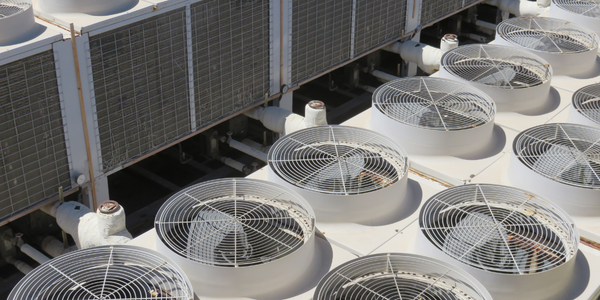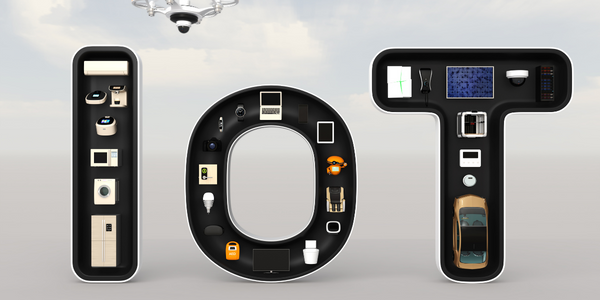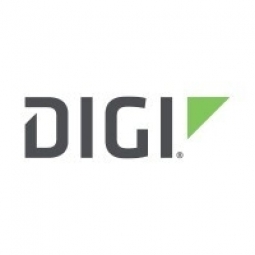Technology Category
- Networks & Connectivity - Routers & Bridges
- Robots - Wheeled Robots
Applicable Industries
- Equipment & Machinery
- Telecommunications
Applicable Functions
- Logistics & Transportation
- Procurement
Use Cases
- Autonomous Transport Systems
- Vehicle-to-Infrastructure
Services
- System Integration
About The Customer
Euronet is Poland’s leading provider of electronic payment and transaction processing solutions for financial institutions, retailers, service providers, and individual consumers. In 2009, the company processed over 1.5 billion transactions and posted annual revenues of more than $1 billion. The company employs over 2,700 people in 28 countries, making it a truly global player in the electronic fund transfer (EFT), prepaid, and money transfer industries. In Poland, Euronet owns over 4,000 ATMs and manages over 20 percent of all ATMs, making it a significant player in the country's financial sector.
The Challenge
Euronet, Poland’s leading provider of electronic payment and transaction processing solutions, faced a significant challenge in ensuring the security and reliability of its vast network of ATMs. The company, which processed over 1.5 billion transactions in 2009 and posted annual revenues of more than $1 billion, owns over 4,000 ATMs and manages over 20 percent of all ATMs in Poland. The challenge was to provide customers with a safe transfer of financial details and the ability to withdraw cash at any time. The company needed a wireless technology that would provide a safe, reliable, and easy-to-install solution for its ATM network. The stakes were high, as a single day of downtime for a single ATM could result in 50 unhappy customers and up to $75 in lost revenue. For Euronet, with its 4,000 ATMs, a full day of outages could result in $300,000 in lost revenue.
The Solution
Euronet turned to Digi International for a solution, specifically the Digi TransPort® GSM/cellular routers for installation in each ATM. These devices use GPRS, EDGE, UMTS, and HSPA mobile standards to securely transmit data over long distances across the existing mobile GSM/cellular network. This solution offered a number of advantages over competitor equipment. The Digi routers provided a high-quality, reliable connection, with a dual-network router that could automatically switch networks to maintain an uninterrupted flow of data. The routers also enabled secure channels for transmitting VPN data on the GSM operator's public network between each ATM and the back-office management system. Additionally, installing the Digi router in each ATM was simpler and more cost-effective than setting up complex satellite aerials and related hardware. The routers also offered greater bit-rates than previous solutions.
Operational Impact
Quantitative Benefit

Case Study missing?
Start adding your own!
Register with your work email and create a new case study profile for your business.
Related Case Studies.

Case Study
Smart Water Filtration Systems
Before working with Ayla Networks, Ozner was already using cloud connectivity to identify and solve water-filtration system malfunctions as well as to monitor filter cartridges for replacements.But, in June 2015, Ozner executives talked with Ayla about how the company might further improve its water systems with IoT technology. They liked what they heard from Ayla, but the executives needed to be sure that Ayla’s Agile IoT Platform provided the security and reliability Ozner required.

Case Study
IoT enabled Fleet Management with MindSphere
In view of growing competition, Gämmerler had a strong need to remain competitive via process optimization, reliability and gentle handling of printed products, even at highest press speeds. In addition, a digitalization initiative also included developing a key differentiation via data-driven services offers.

Case Study
Predictive Maintenance for Industrial Chillers
For global leaders in the industrial chiller manufacturing, reliability of the entire production process is of the utmost importance. Chillers are refrigeration systems that produce ice water to provide cooling for a process or industrial application. One of those leaders sought a way to respond to asset performance issues, even before they occur. The intelligence to guarantee maximum reliability of cooling devices is embedded (pre-alarming). A pre-alarming phase means that the cooling device still works, but symptoms may appear, telling manufacturers that a failure is likely to occur in the near future. Chillers who are not internet connected at that moment, provide little insight in this pre-alarming phase.

Case Study
Premium Appliance Producer Innovates with Internet of Everything
Sub-Zero faced the largest product launch in the company’s history:It wanted to launch 60 new products as scheduled while simultaneously opening a new “greenfield” production facility, yet still adhering to stringent quality requirements and manage issues from new supply-chain partners. A the same time, it wanted to increase staff productivity time and collaboration while reducing travel and costs.

Case Study
Integration of PLC with IoT for Bosch Rexroth
The application arises from the need to monitor and anticipate the problems of one or more machines managed by a PLC. These problems, often resulting from the accumulation over time of small discrepancies, require, when they occur, ex post technical operations maintenance.

Case Study
Data Gathering Solution for Joy Global
Joy Global's existing business processes required customers to work through an unstable legacy system to collect mass volumes of data. With inadequate processes and tools, field level analytics were not sufficient to properly inform business decisions.







